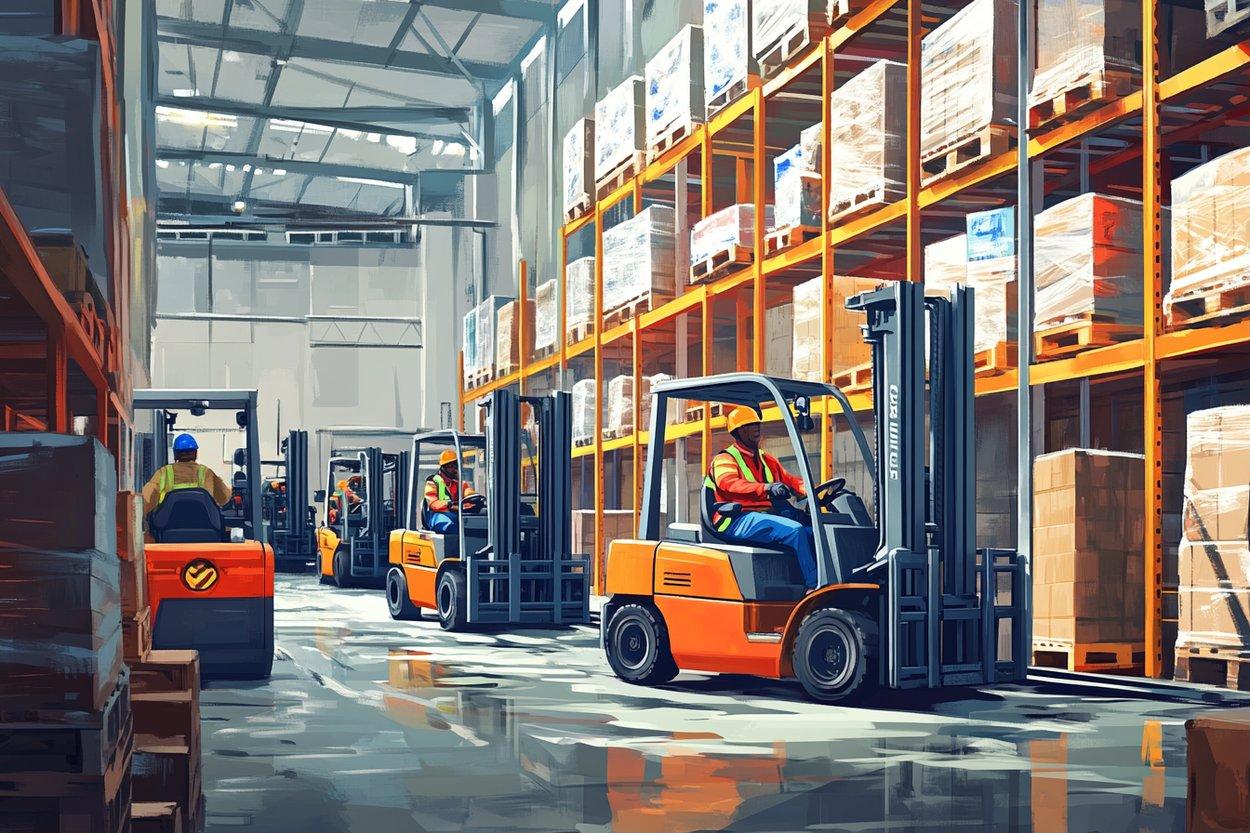Breaking Stereotypes: The Rise of Industrial Chic in Residential Design
Introduction: In recent years, a design trend that was once confined to lofts and factories has found its way into our homes. Industrial chic, with its raw materials and functional aesthetic, is altering the residential design landscape. This article delves into the journey and current popularity of this robust style, offering insights into how it's reshaping our living spaces.

The Journey of Industrial Chic: From Factories to Homes
Industrial chic has its roots in the late 20th century when old factories, warehouses, and industrial buildings started being converted into residential spaces. The distinctive features of these spaces, such as exposed brick walls, metal beams, and concrete floors, were initially seen as imperfections. However, over time, these raw, unfinished elements have come to be appreciated for their own unique aesthetic.
The Appeal of Industrial Chic: Embracing the Raw and Authentic
The charm of industrial chic lies in its authenticity and honesty. This design style celebrates raw materials and structures, showcasing them instead of hiding them behind plaster and paint. From exposed brick and concrete walls to rustic wood and metal accents, the elements of industrial chic bring texture and depth into a space, creating an atmosphere that’s both rugged and stylish.
Practicality of Industrial Chic: Beyond Aesthetics
Industrial chic isn’t just about aesthetics. It’s also a practical design solution that focuses on functionality. The open layouts common in industrial chic designs foster versatility, allowing spaces to be repurposed easily. Furthermore, the use of durable materials like metal and concrete ensures longevity and ease of maintenance.
Industrial Chic in Modern Homes: Current Trends
Today’s industrial chic has evolved from its origins in converted industrial spaces. In modern homes, this style is often combined with other design elements to create a more balanced and comfortable living environment. For instance, soft furnishings and warm lighting are used to soften the rawness of industrial elements, resulting in a space that’s both edgy and inviting.
The Future of Industrial Chic: A Lasting Impact
The rise of industrial chic signifies a shift in our design preferences towards authenticity and functionality. Moving forward, we can expect this trend to continue influencing residential design, with more homes incorporating industrial elements into their interiors. As we embrace the beauty of raw, unfinished materials and functional design, industrial chic is poised to become a lasting style in our homes.
In conclusion, industrial chic is far more than a fleeting design trend. Its focus on authenticity, functionality, and aesthetic appeal make it a versatile style that suits a range of homes. By embracing the raw and the rustic, industrial chic offers a refreshing departure from traditional residential design, promising a future where our living spaces are not just beautiful, but also honest and practical.




